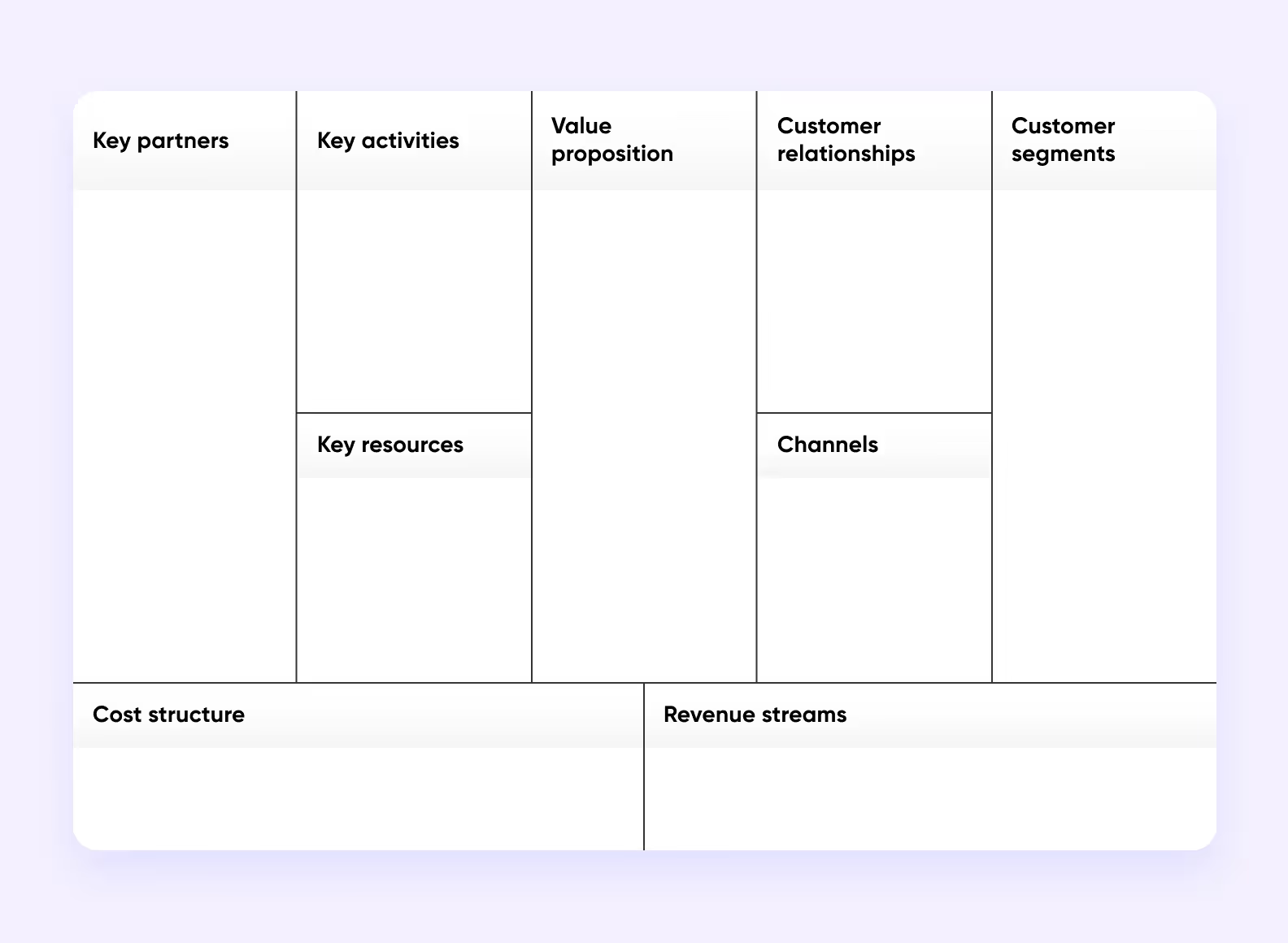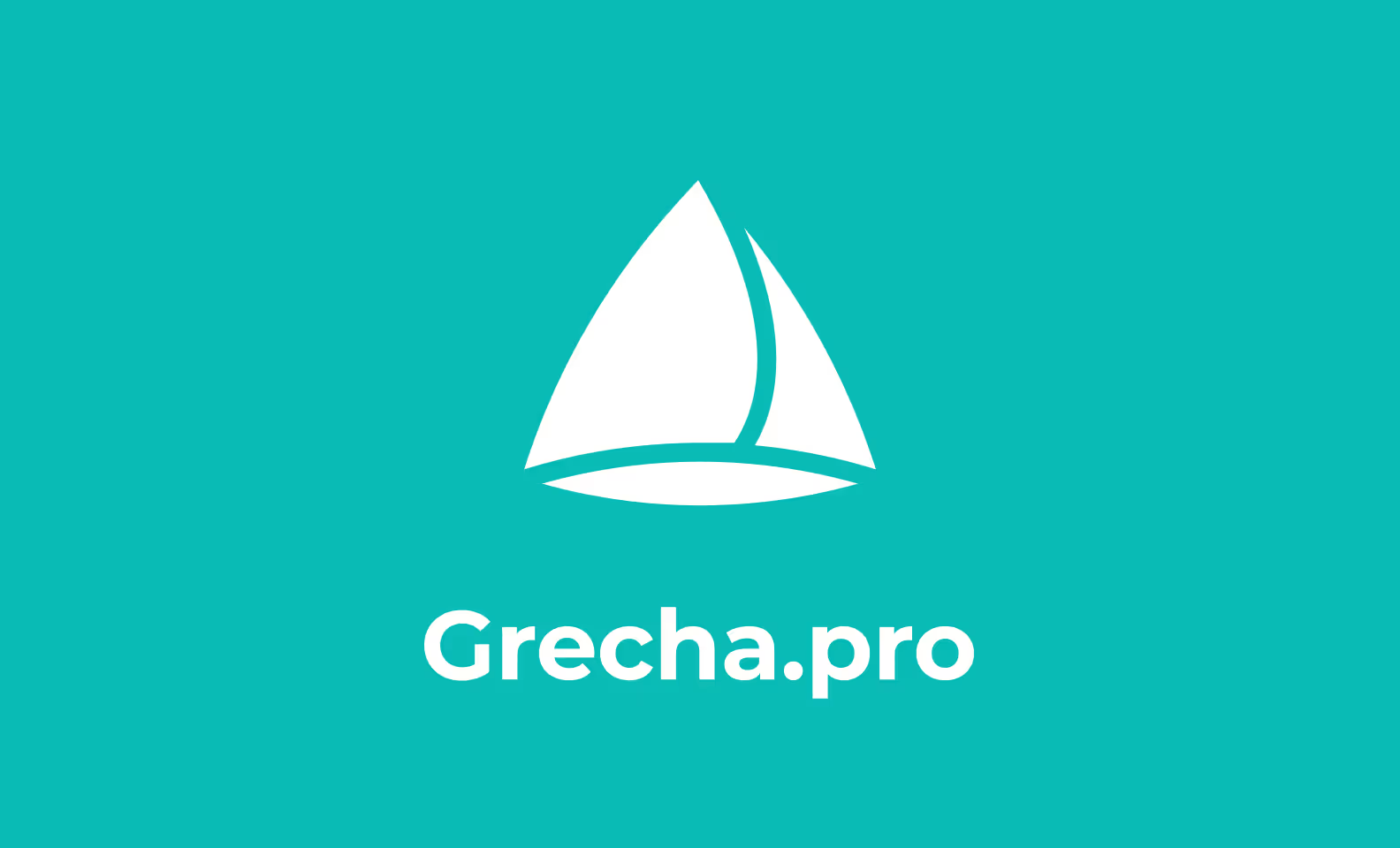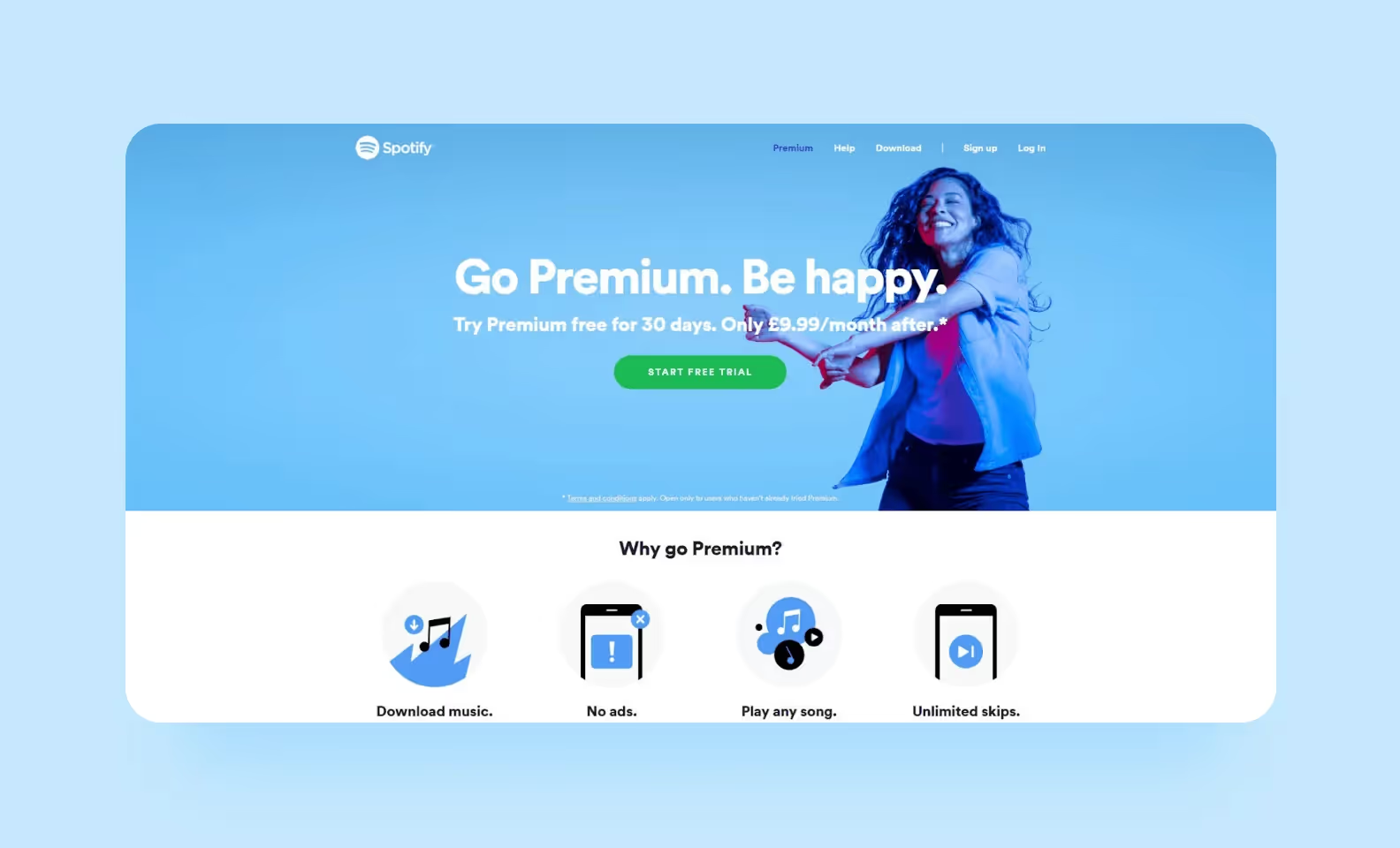


Uber, Airbnb, and Spotify have grown from a simple idea into one billion-dollar business. Therefore, many entrepreneurs want to start a technology company and replicate their success. However, 90% of startups fail in the early stages, and only 5% live longer than 15 years. In this article, we describe how to start a technology company, not to blow up in the first year, and to attract investments.

Technology companies develop and market information technology products or services. This could be a software development startup company, such as an airline ticket aggregator, a data-storing cloud, or text editing software. These companies always work with digital products. Therefore, to start a technology company requires software development.
Technology companies have become the most valuable brands in the world. For example, Apple, Microsoft, Alphabet, Amazon, and Facebook are called the big five — these are the largest companies in the United States. They have the highest capitalization and income. They influence the country’s economy and set trends in industries. This is why tech startups are so popular that many investors want to invest in them.
To successfully launch your tech startup, you need not only an innovative idea but also a carefully crafted plan. This plan will outline all the important steps in creating your own company. Here are the key steps to get you started.
90% of tech startups close early because the market doesn’t need the product. Only ideas that people are willing to buy can be implemented and made profitable. Therefore, before starting a startup business, you need to answer the following questions:
Pry on competitors. If the tech company has competitors, then the product is in demand. It doesn’t take a lot of market research to figure out their business. It is enough to answer two questions: what competitors do and what they don’t do. And then, you offer a new solution to the problem of the audience and change the market.
In 2013, Pavel Durov launched Telegram. WhatsApp and Viber already existed then. But Telegram offered new features that consumers liked. For example, it does not delete the chat history, allows the user to send files the size of an HD movie, and works from any device, even children’s watches. At the same time, the main advantages that helped the messenger gain popularity are that Telegram does not slow down and encrypts every single chat.
Get to know your audience better. To do this, you can create an ordinary survey on the Internet. Think about the main qualities of your product and make a list of a few brief questions. The survey will be the first test of the business idea: this is how you make sure that users need your product.
Imagine that we are building an app for runners. It will collect data and determine a personalized training plan, track load, change training based on past performance, and offer injury prevention tips. In this case, you can ask the target audience the following questions:
Tech startups are not limited to a specific location — they are global. Therefore, you can offer and advertise a product to a user from any country. To significantly expand the audience, it is better to write questions in English. To do this, you can use a popular English-language service, such as Survey Monkey.
Fill in the business model canvas. This is a tool that helps a tech startup company to understand its product and determine its viability. With the help of a business model, you can spot the vulnerabilities of a startup — adjust or change the idea.
The table consists of nine cells. Each cell shows a specific side of the startup. If you fill out the table, you can visualize the business model and analyze the startup.

The business model helps to notice and eliminate gaps that could interfere in the future in the early stages of the project. With a model, it is easier to study the market, develop software, and create an MVP. We have written a detailed guide on how to build a business model for your startup.
When you start a tech company, you don’t just think about covering the pain points of your target audience, you also think about the potential revenue you’ll get.
Here are some of the main revenue models:
To choose the right revenue model, you need to consider the specifics of your audience, value proposition, and the type of your product first.
You can read more about monetization strategies in our article:
To start a technology company, you need to come up with a name and logo and create a landing page. They engage the audience, advertise the product, and call customers to action. At the same time, a landing page can become part of the startup MVP development because it helps to understand whether the market needs the product and whether people are ready to pay for it.
Give the tech company a name and get a domain. People remember short words and phrases, so it’s best not to come up with a long name. It is also not necessary to associate it with the product. None of the Big Five companies has a name that tells the consumer anything about its product or service. For example, when Steve Wozniak called Steve Jobs and asked what name to give the company — Jobs was coming back from Oregon, where he visited apple orchards. And Jeff Bezos chose the name Amazon because, in 1994, search engines systematized search results in alphabetical order.
After that, you need to get a domain name. This is a unique website address on the Internet. It often coincides with the name of the company itself. For example, the Google domain is https://www.google.com//. You can buy a domain on the Internet, for example, on the Namecheap.com.
Create your company logo. If at first, the logo does not play a special role, later it creates an image of the company and the product in the consumer’s mind. Therefore, it is worth thinking through the logo’s idea and not choosing it at random. It is best to contact the designer, explain your idea, and get a quality result. They should keep the logo simple and memorable. It can complement the name of a tech business or visualize it.
For example, we developed an app for a free bulk purchase service — Grecha (a Russian word for buckwheat). In addition to the app itself, we needed to create a logo. The customer put forward only two requirements — Tiffany blue color and UX like Telegram. First, we made an association map that had all the things we could associate the name of the service with. And after that, we had a brainstorming session with the art director and lead designer. The result was a minimalistic logo that reflects the basic principles of the service — simplicity and convenience.

Start landing. A landing is a page that presents a product and sells it. Companies use landing pages to advertise a product, attract customers, and collect their data.
In the early stages of a startup business development, you should pay attention to the landing. You can use it as an MVP to get the first customers and check if they are willing to pay for the product or not.
To sell a product or service more effectively, designers place a CTA or a call to action on the landing page. This is a button or a special field that prompts the user to purchase the product. CTA increases conversions — that is, more page visitors decide to spend money.

Spotify’s simple design landing page takes up one page and invites users to upgrade to a premium subscription. The bottom of the page describes the benefits that the client will receive. At the top is a CTA — a green button that offers to try premium for free for 30 days.
It is difficult to start a technology company and launch a product on the market without a big investment. Almost always, tech startups do not have enough funds to develop the product. There are several sources of funding for early-stage startups.
Crowdfunding. To receive funds through crowdfunding, you need to explain the essence of the product and set the required amount. Usually, crowdfunding platforms are populated with non-professional investors who just want to support the idea. For investments above a certain amount, an entrepreneur can offer bonuses. For example, everyone who has invested more than $500 gets early access to the product or unique merch.
To raise funds through crowdfunding, you can place your idea on the most popular platforms, such as Kickstarter or Indiegogo. But they raise money for various projects from the publication of a book to the development of an electric kettle with a remote control. In such conditions, a tech startup may get lost or attract no attention.
Therefore, it is better to use crowdfunding platforms designed for startups. For example, Wefunder, SeedInvest, or Republic. You can also use AngelList. This platform has only accredited investors with an income of $200,000 or more per year, or $300,000 for those who are married. The minimum investment on AngelList is $1,000.
Business angels. These are private venture investors who invest in companies in the early stages of development. Business angels help startups develop when they do not yet have sales or a full-fledged product.
You can find a business angel on demo days or pitch sessions. These are special events where startups and entrepreneurs make short presentations to investors and talk about their ideas or products. You can also study the official lists of business angels and contact one of them directly. Search for foreign business angels:
The amount of funds that can be obtained from a business angel usually varies from 10,000 to 100,000 dollars. In return, a business angel asks for a share in a company or a management position in order to influence the project.
Сorporate accelerators. Such investors not only offer money but also help the startup develop. For example, they help promote a project or make management decisions. Accelerators can work with several companies at the same time. Therefore, the investment amount usually does not exceed 25,000 – 125,000 dollars. These funds may not be enough for the entire project. At the same time, accelerators usually not only have a stake in the company, but also interfere in the business.
For example, an entrepreneur is developing a mobile app in which you can check the availability and prices of medicines in all pharmacies in the city. He turns to an accelerator run by a retail company. They liked the idea of the service, but they are asking to remake it so that users can search not only for medicines but also for different goods in supermarkets.
Therefore, before contacting the accelerator, it is worth considering all the risks. You need to know exactly what amount is required to implement the project, determine how much the accelerator is ready to invest, and clarify all the investment conditions.
It is difficult to start a startup business on your own. The team helps to distribute tasks and responsibilities — to get the desired result. Many people think of Steve Jobs or Mark Zuckerberg but forget that Jobs had Steve Wozniak and Zuckerberg had Eduardo Saverin and Chris Hughes. You don’t have to think about a big team right away. In the early stages of a startup, a few people will be enough to develop ideas and move the project forward. For a technology startup, four members can be useful.
Product manager. This person is engaged in a product and thinks about the strategy of its development. The product manager interacts with the development and design team, sorts out ideas, and creates an improved version of the product. It would be great if such a team member had already developed and promoted other products. In this case, their experience will help better manage the process, for example, decide faster, analyze market trends, and understand how the technical side of the product should be done.
Technical Officer. This team member must be a qualified developer with CTO expertise. This person will work with the development team to manage the mobile app development startup.
Marketing manager. You can develop a very good product — but without marketing, it will be difficult to sell. Even when all you have is the idea or MVP, it is better to find a person who will attract the first customers. A marketing manager will help present the tech startup to investors and increase the chances of fundraising.
Financier. Financial education will help to reduce the risks of financial mistakes in the early stages of a tech startup. For example, to figure out what conditions a venture investor offers and whether it is worth agreeing to them. The financier will be able to assess the situation and choose favorable investment conditions.
Development team. These are not only programmers — but also designers, analysts, and testers. They develop the idea, create an MVP, finish off the functionality and technical side of the product, and bring it to the market. A team of technical specialists does not need to be hired on an in-house basis: after the product is released on the market, it needs fewer people to support it. For more tips on hiring a development team, read below:
The team must have a leader who will make the final decision. You can leave the team without a leadership role. But in this case, the likelihood of lingering on certain issues and spending extra hours or days on discussion increases. Therefore, a tech business owner must also be a person who will help their team make decisions and move on quickly.
Imagine that a startup businessman John loves Lego very much and has an enthusiastic idea. He wants to develop an app that can issue instructions for new constructors. For example, if you enter the word “ship” into the search, the app will give instructions for assembling different types of ships and tell you what parts you need to create each of them.
After that, John spent all the money to develop such a mobile app and launched the product on the market, but did not achieve his financial goals; the app did not become popular. It turned out that the Lego company often updates sets of designs and holds competitions to create new ones, and one can find model instructions on the Internet.
To avoid a problem like John’s, one should develop MVP.
This is the first version of the product or a Minimum Viable Product. It performs only the key functions that are necessary for the app to work and solve a specific task. For example, a tech business is building an app for ordering groceries from a supermarket. In this case, the MVP should at least guide the consumer from product selection to checkout.
This version of the app helps the tech startup to test the viability of the business idea. It allows us to determine the needs of the market and get feedback from the target audience. If there are bugs in the MVP, one fixes them quickly, and they will not get into the final app. Therefore, the startup MVP development helps to eliminate shortcomings and improve the product step by step.
MVP helps a tech business to test its hypothesis cheaper and quicker than a full-fledged product. The average cost to develop a mobile MVP at Purrweb is $40,000, and the average development time is 3 months.
1. Get feedback. There is a big difference between a cake design and the cake itself. Therefore, if you simply tell the audience about the product, it will be difficult to get an objective assessment. MVP helps to check if the product solves the problem and determines what can be improved.
2. Presents the product to investors. With MVP, investors can evaluate the product and its prospects. When they can test the app themselves, they are more likely to invest and ask for a smaller stake in the company.
3. Check the technical side. MVP helps to determine how difficult it is to implement a project, assess scalability options, and understand what kind of development team it needs.
4. Helps to add new features. MVP turns a tech startup into a constructor. First, one creates and tests key functionality. After that, one can add new elements. After several iterations, a finished and proven product comes out of the MVP.
We at Purrweb have written a detailed startup MVP development guide: we describe development stages, types of MVPs, and how to avoid common mistakes.
After you’ve launched the MVP and taken all the user feedback into account, it’s time to implement the feedback and add new features. Even after launch, you need to keep working on the app to keep it up-to-date and make users happy.
Analyze user data. Keep checking user reviews the way they will feel heard and valued. Identify trends and patterns in user behavior data. Use this information to prioritize features and functions for future improvements.
Release regular updates. An outdated application can easily get lost in the competitive tech industry. It also becomes vulnerable to cyber-attacks. Make frequent, even small, updates based on user information you receive. This demonstrates responsiveness and keeps users engaged.
Stay up-to-date with the latest trends. Continuously monitor industry trends, emerging technologies, and competitor developments. This will allow you to identify opportunities for innovation and stay ahead of your competitors.
Analyze the market and audience and develop a business plan. This will help you understand what your idea is. If you do not determine the needs of the audience and the market, you can lose money and get a useless product. The business model will allow you to notice weaknesses in advance and determine the prospects of a startup.
Decide on the revenue model. To make your tech startup profitable, choose a monetization strategy. There are four main models: subscriptions, freemium, advertising, and transaction-based. The best model to choose depends on your target audience and the type of product you offer.
Come up with a name and create a logo. It is better to keep the name short and the logo simple. In this case, they will be easy to remember and recognize in the future. People associate a company with its logo, so don’t pick it randomly. Contact the designer and explain your idea. It is also crucial to create a landing page with CTA buttons, as it will help attract customers and find out if they are ready to pay for the product or not.
Find funding sources. A tech startup can turn to crowdfunding platforms, venture investors, or corporate accelerators. Venture investors usually ask for a stake in a company or a management position. Accelerators may ask a startup to change product features. Therefore, it is worth taking into account all the risks in advance — determine the amount necessary for a startup and clarify all the investment conditions.
Gather a team. In the early stages, a few people will suffice. It is worth inviting to close all important functions: a product manager, technical director, marketer, and financier. They will help promote the idea, control the technical side, analyze the conditions of venture investors, and develop the product.
Develop an MVP. This is the very first version of the product. It contains only the basic functions that are necessary for the app to work. MVP helps startups test the finished version of the product without huge investments and in a short time.
Improve and iterate. After launching an MVP and collecting user feedback, develop your app and make regular updates. For continuous improvement, gather user data through reviews and behavior analysis. Then, you can use this data to prioritize features and release updates to keep users engaged and the product competitive. Also, it’s crucial to stay updated on industry trends to identify opportunities for innovation.
If you are searching for a development team, write to us or fill out the form below. We are a full-cycle team. We analyze the market, do UI / UX design, develop MVP, release, and perform post-release support.